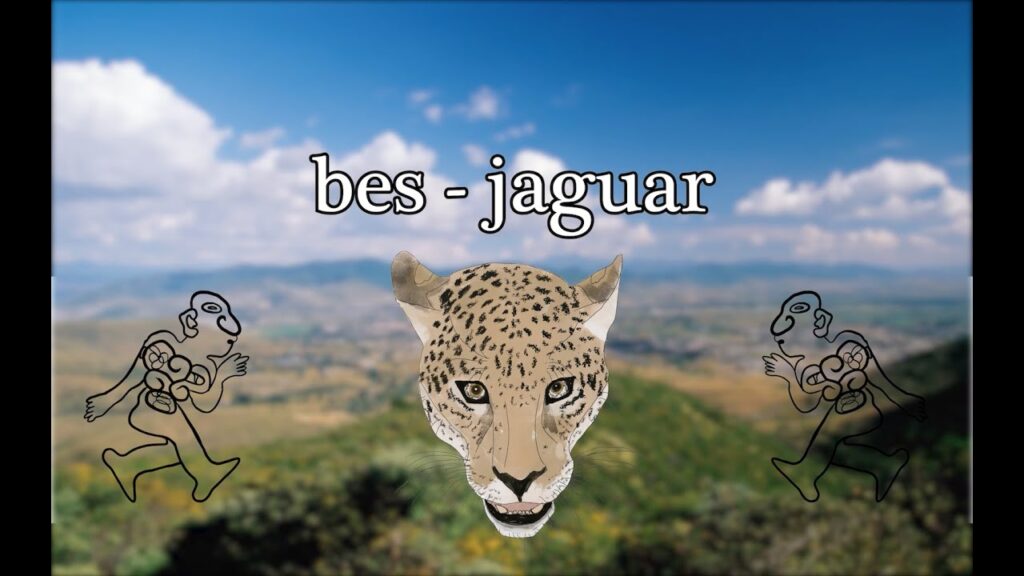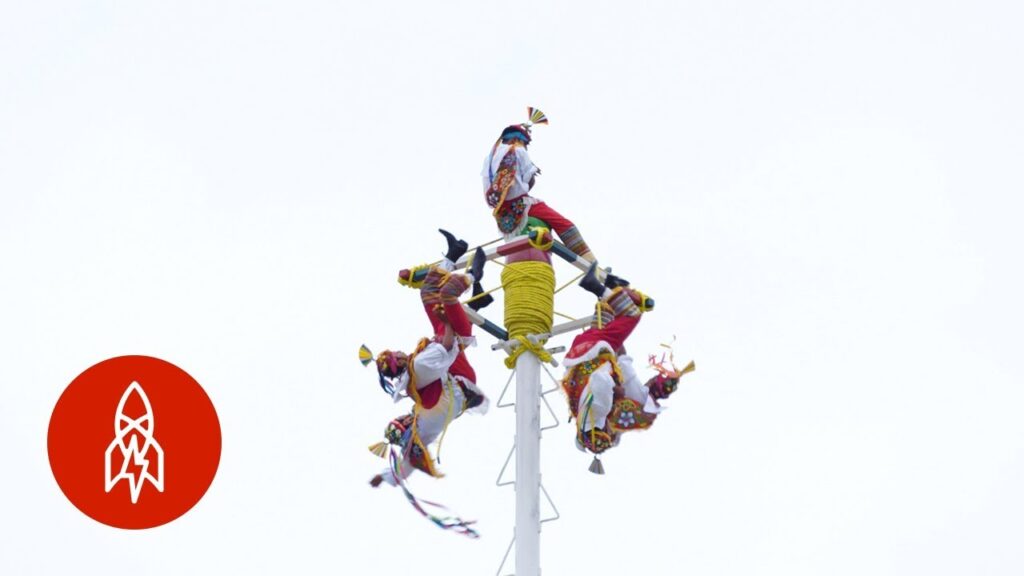Discovering Ben’Zaa: The Legacy of the Zapotecs
In the heart of Oaxaca lies the ancient land known as Ben’Zaa, which translates to «Cloud People» in the indigenous Zapotec language. The Zapotecs, one of the earliest civilizations to flourish in Mesoamerica, have left behind a legacy etched in stone and woven into the cultural fabric of Mexico. As we journey through the ruins and relics of this great civilization, we uncover tales of innovation, art, and a deep connection with the cosmos, which still resonates with locals and travelers alike.
The most prominent testament to the Zapotec civilization is the majestic archaeological site of Monte Albán. Perched on a mountaintop with panoramic views, these ancient ruins provide insight into the advanced urban planning and architectural prowess of the Zapotecs. Explorers and history aficionados alike are drawn to the grandeur of the Main Plaza, the mysterious Danzantes carvings, and the intricate hieroglyphics that hint at a rich, complex past.
Beyond ruins, the Zapotecs were renowned for their textile craftsmanship and unique ceramic artistry. To this day, local artisans in Oaxaca continue to preserve these traditional methods, creating vividly colored rugs and intricately designed pottery that reflect the soul of Ben’Zaa. Visitors have the opportunity to witness firsthand the skill and dedication involved in these crafts, providing a tangible connection to the ancient skills passed down through generations.
Their spiritual beliefs and practices, central to Zapotec life, can be experienced through the many festivals and rituals that take place throughout the year. These events not only honor the deities of their complex pantheon but also demonstrate the integration of pre-Hispanic customs with contemporary religious practices. It is during these celebrations that one can fully appreciate the enduring influence of the Zapotecs and the living history that continues to thrive in the highlands of Oaxaca.
Exploring the Clouds: Understanding Ben’Zaa
Tucked away in the highlands of Oaxaca, Mexico, lies an ethereal world where the clouds seem to embrace the earth: Ben’Zaa, or «People of the Clouds» in the indigenous Zapotec language. This ancient realm, shrouded in mists and mystery, offers more than just a breathtaking landscape; it provides a unique glimpse into the rich cultural tapestry that Mexico offers.
Ben’Zaa is not just a place, but a concept deeply rooted in the culture of the Zapotec people. The connection to the clouds represents the sacred bond between nature and humanity, a core belief that has survived throughout centuries of change. The majestic mountains serve as the physical embodiment of this connection, standing as towering guardians over the communities below.
Adventurers seeking to understand the mystique of Ben’Zaa will be drawn to the variety of activities that allow for an immersive experience. Hiking through these cloud forests, one can encounter hidden waterfalls, relics of ancient civilizations, and a biodiversity that is as varied as it is impressive. The ever-present mist gives the landscape an otherworldly appearance, making every step feel like a journey through a living dream.
The flora and fauna of Ben’Zaa are as enchanting as the landscape itself. The cloud forest is home to a bewildering array of unique species. Exotic orchids seemingly hang in the air, while the calls of rare birds echo through the canopy. Observing the way life thrives here, intertwined with the clouds, one cannot help but feel a profound respect for this delicate ecosystem that has thrived in symbiosis with the local communities.
Beyond the natural wonders, the cultural experiences that Ben’Zaa offers are equally compelling. Visitors can explore local villages where traditional weavers create vibrant textiles, patterns weaving together the stories and heritage of their ancestors. Sampling traditional cuisine and attending local festivals provide yet another layer of connection, fostering a deeper appreciation for the endurance of these cultural practices amidst a rapidly modernizing world.
Ben’Zaa: Unveiling the ‘People of the Clouds’
Deep in the heart of Southern Mexico, amidst the lush and verdant landscapes of Oaxaca, lies a legacy etched in stone and shrouded by the mists of time — the Zapotec civilization, also known as Ben’Zaa or the ‘People of the Clouds’. Their ancient cities, once bustling with activity and rich cultural exchanges, now stand as silent sentinels overlooking the region’s valleys and mountains, inviting modern explorers on a journey to unveil their secrets.
Their chief city, Monte Albán, rises like a ship cresting the waves of the surrounding landscape. Established around 500 BCE, this marvelous archaeological site was the political and economic center for the Zapotecs for over a thousand years. Visitors to Monte Albán can walk along the Grand Plaza, stare in awe at the intricate carvings of the Danzantes, and feel the pulse of a civilization that mastered the mountainous terrain to build a metropolis that interacted with far-reaching Mesoamerican cultures.
As you wander through the remnants of Zapotec grandeur, it becomes evident that these ‘People of the Clouds’ were aptly named. Often enshrouded in the mountain mist, their dwellings, temples, and tombs appear as ethereal as the clouds themselves. Venturing deeper, you can discover the elaborate tomb complexes at the site of Mitla, renowned for their intricate mosaics and distinct geometric patterns — a testament to the Zapotec’s skill in stone craftsmanship and their belief in an afterlife.
Exploring these ancient ruins, you quickly gain a sense of the Zapotec’s reverence for nature and their surroundings. Sacred mountains, caves, and springs are dotted across the landscape, each bearing significance in their cosmology. The God of Rain, Cocijo, for example, was among their most venerated deities, its worship evident in the numerous altars and relics found throughout the area, whispering tales of rituals and offerings that beseeched the heavens for life-sustaining rain.
The legacy of the Zapotec people permeates modern Oaxacan culture as well. Their descendants, the contemporary Zapotecs, continue to maintain a profound connection with their ancestry through traditional crafts, cuisine, and festivals. By visiting the vibrant markets of Oaxaca city or the rural villages that scatter the landscape, travelers get a tangible sense of the enduring spirit of the ‘People of the Clouds’ — a culture steeped in history, yet vibrantly alive in the hearts of its people.
The Cultural Significance of Ben’Zaa in Zapotec History
The Zapotec civilization, one of the most prominent pre-Columbian societies in Mexico, was renowned for its rich cultural heritage and sophisticated social structure. An integral part of this heritage was Ben’Zaa, known in the Zapotec language as «The Cloud People.» This term not only designated the Zapotec themselves but also encapsulated their deep connection with the natural world, the divine, and their ancestors. Significantly, it emphasizes the reverence they held for the mountains that shielded their major cities, such as the famed Monte Albán, and their belief in the mountains as sacred entities where the clouds intersected with the earth, giving it life and protection.
Ben’Zaa is a testament to the exceptional urban planning and architectural ingenuity of the Zapotec. The ruins of Monte Albán and other historical sites exhibit complex constructions that were built with astronomical precision, reflecting the significance of celestial bodies in Zapotec culture. Their elevated cityscapes, built atop large mounds of earth and stone, not only fostered a literal proximity to the clouds but also metaphorically positioned the Zapotec closer to their gods. Thus, the name Ben’Zaa can be seen both as a declaration of the Zapotec’s mastery over their environment and a reflection of their spiritual aspirations.
The legacy of Ben’Zaa persists in contemporary Zapotec communities, who continue to preserve numerous traditions, languages, and rituals dating back to their ancient history. These practices are not relics of the past but living elements of a vibrant culture that has withstood the test of time. For instance, the annual celebrations and festivals, which are often a colorful blend of indigenous and Catholic elements, are reminiscent of the ceremonial events that were central to the social fabric of the ancient Zapotec society and that Ben’Zaa symbolized.
Moreover, Ben’Zaa has become a focal point for archaeological and anthropological studies, as researchers strive to uncover the complexities of Zapotec civilization. The term acts as a symbolic guide, leading explorers to delve deeper into how the natural world influenced Zapotec religious beliefs, social hierarchy, and everyday life. In these explorations, Ben’Zaa serves to highlight the ways in which land and spirituality were interwoven to create a unique cultural identity that has had a lasting impact on the region’s history and people.
Finally, Ben’Zaa echoes through the artistic expressions found in Zapotec artistry, from the intricate designs woven into their textiles to their detailed pottery and vibrant wall paintings. These works not only provide insight into the daily lives of the Zapotec but also communicate the enduring connection to their ancestral roots and the sacredness of their homeland. Artisans today draw upon the symbolism and motifs of their forebears, maintaining the profound sense of identity and continuity that Ben’Zaa encapsulates.
Ben’Zaa: The True Name of the Zapotecs and Their Land
The term Ben’Zaa, meaning «The Cloud People,» is a source of profound identity and pride amongst the Zapotecs, an indigenous community indigenous to the southern Mexican state of Oaxaca. The Zapotecs, who have inhabited this region for thousands of years, refer to themselves and their ancestral land as Ben’Zaa, a title that captures their deep connection to the natural elements and the sky above. This name held sacred significance to their civilization, indicative of the relationship they nurtured with their environment and the reverence they had for the land that fostered their culture.
In the mosaic of Mexico’s extensive history, the Zapotecs stand out for their remarkable achievements in architecture, mathematics, and astronomy. Their central city, often known by its Nahuatl name, Monte Albán, was one of the first major cities in Mesoamerica and is a testament to the advanced state of Zapotec civilization. Embracing the true essence of Ben’Zaa, the city’s ruins loom majestically on a mountaintop, overlooking the valleys of Oaxaca, speaking volumes of the Zapotecs’ respect for and unity with the high places of the earth.
The legacy of Ben’Zaa is not confined to the past; it’s a living, breathing culture that continues to influence the lives of many today. Modern-day Zapotecs uphold the traditions and language of their ancestors, continuously reinforcing Ben’Zaa as a cornerstone of their collective identity. From vibrant festivals that ignite the streets with color and passion to the weaving of intricate textiles that tell stories of the past, every aspect of Zapotec life is imbued with the essence of Ben’Zaa.
Understanding Ben’Zaa is crucial to comprehending the broader tapestry of Mexican history and culture. As a land that has witnessed the rise and fall of empires, the synergy between the Zapotecs and their environment stands as a shining example of the enduring spirit of Mexico’s indigenous peoples. The pride of Ben’Zaa is reflected in the enduring artistry, community ethos, and the spirited resilience that continues to define the Zapotec way of life in the face of a rapidly changing world.



